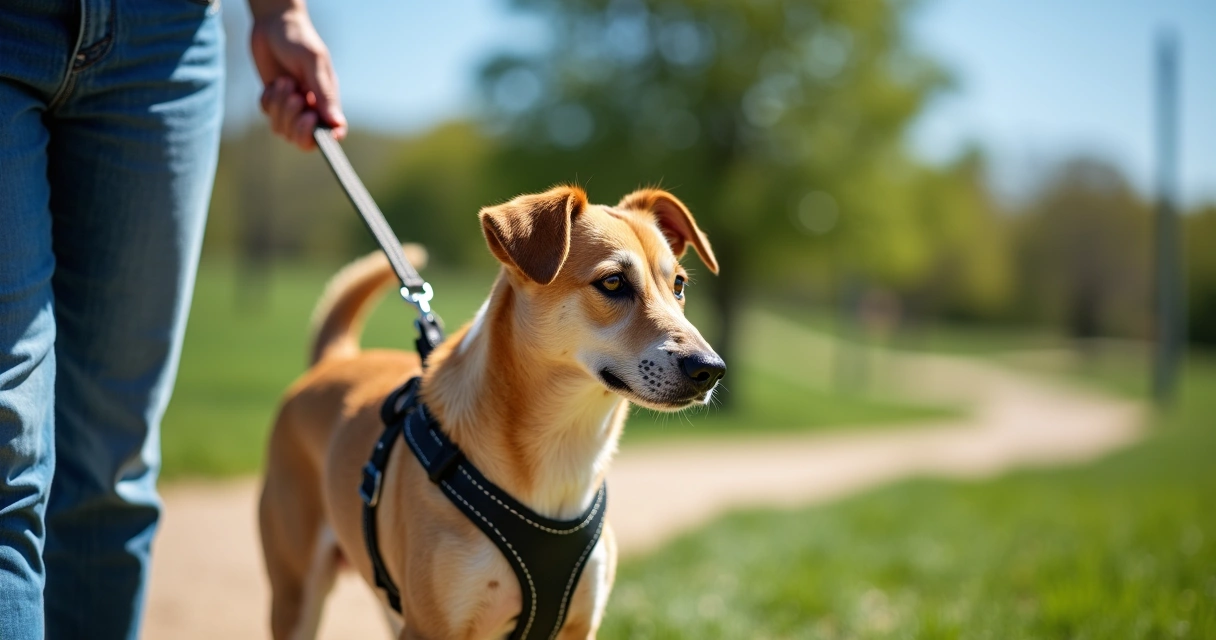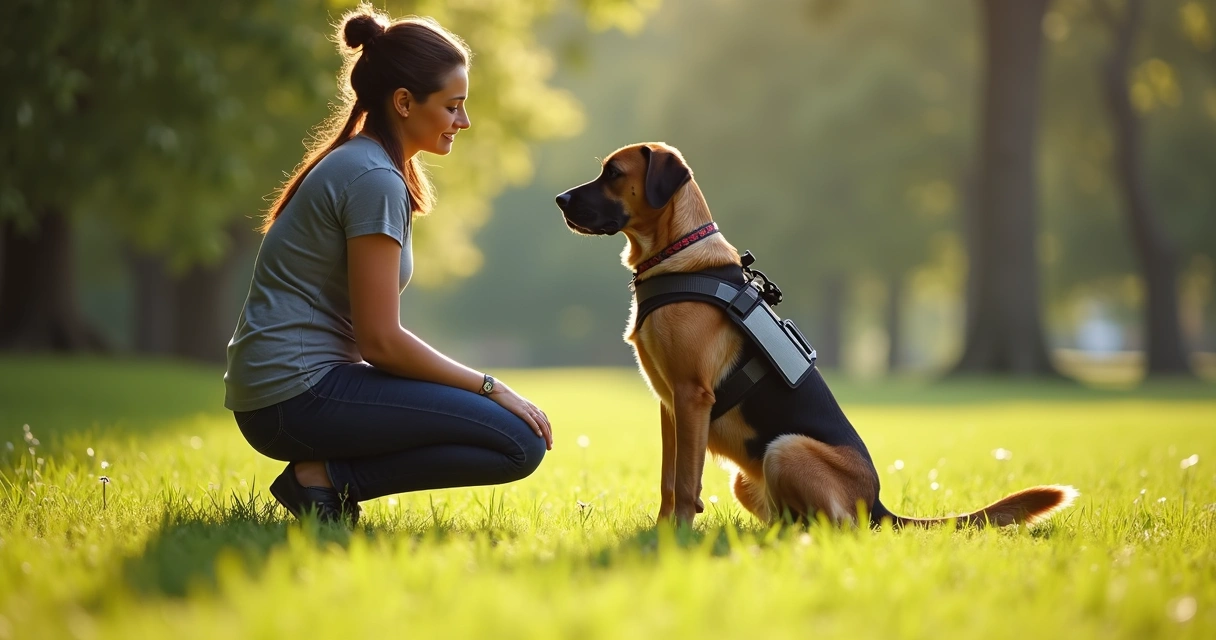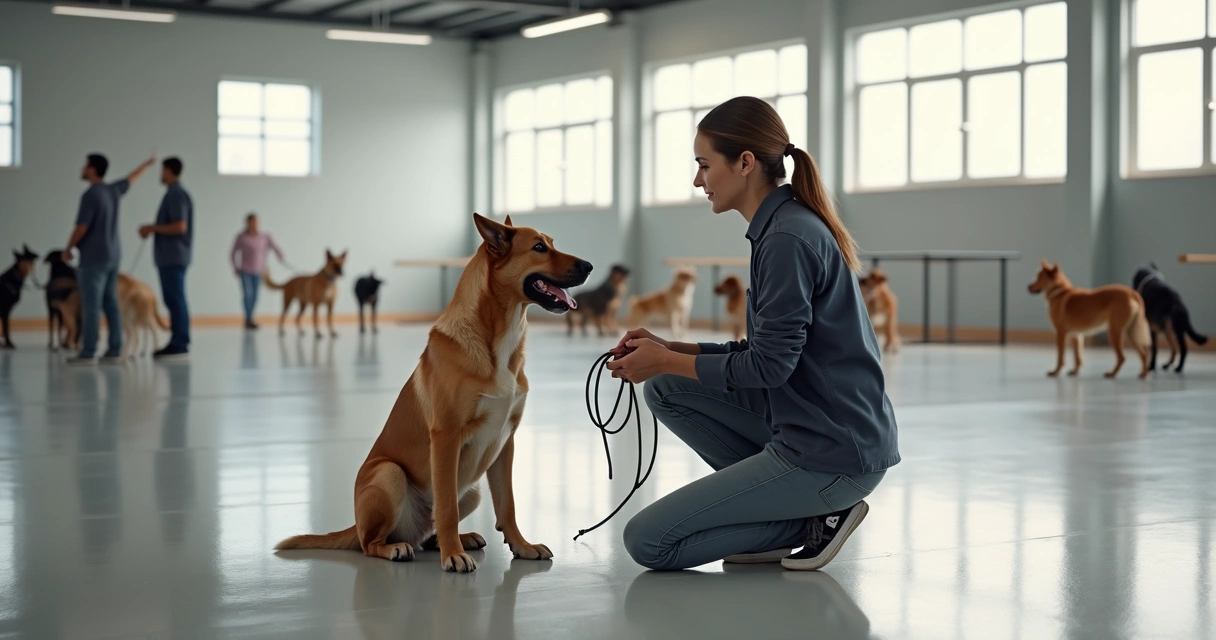Few things compare to the simple pleasure of a calm walk with your dog, but getting to that point? If you’ve ever been dragged down the sidewalk, wrestled tangled leashes, or exchanged awkward looks with fellow walkers, you know the path to polite leash manners can feel bumpy. Over time, and after speaking to many pet professionals (including the staff at Dogtown in Gloucester, MA), I’ve learned that most leash training issues stem from a handful of repeatable mistakes. By spotting and sidestepping these common pitfalls, you and your pup can transform your walks into something you both look forward to every day.
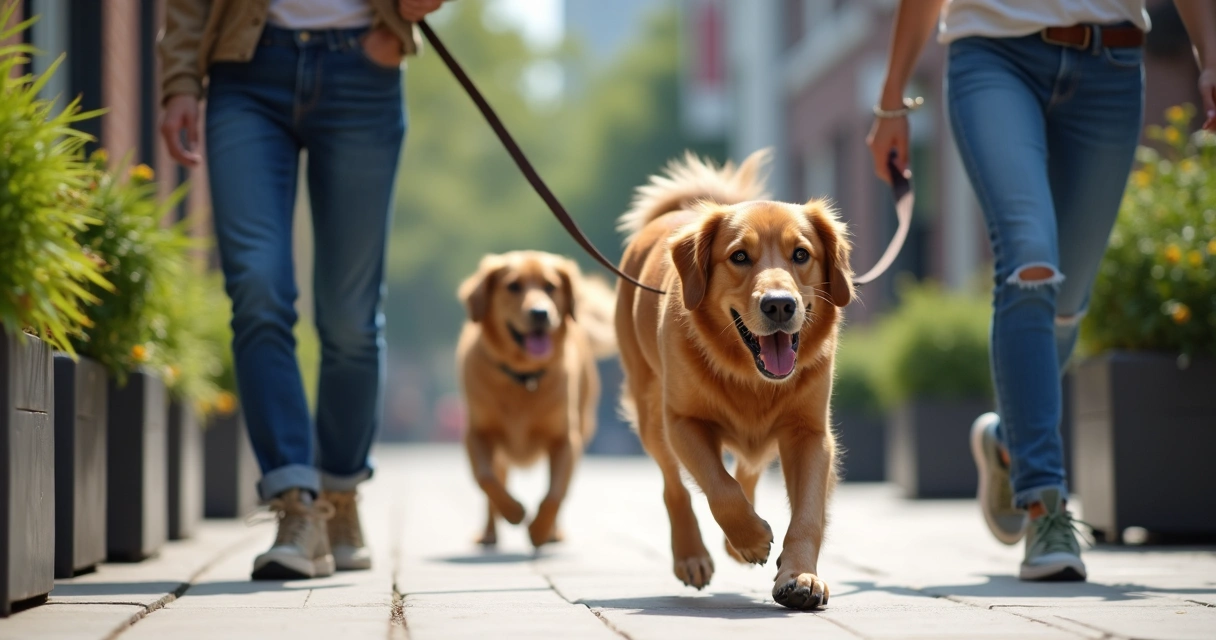
1. Starting without a plan
I used to simply grab the leash and hope for the best. But dogs crave routine and clarity. When I skipped planning—uncertain about route, timing, or rewards—it showed. My dog was just as scattered. Training is smoother when you have a basic strategy: same start cue, favorite treats ready, and a familiar walking zone. This gives your dog a sense of structure and helps both of you stay on the same page right away.
2. Using the wrong equipment
A leash that’s too long or a collar that slips easily can ruin your efforts before you even leave the driveway. In my experience at facilities like Dogtown, the most successful walkers match the equipment to each dog’s size and temperament. Research on dog behavior during walks found that improper leash use can actually increase pulling and cause tension between dog and handler (Research on dog behavior during walks).
- Flat collars and harnesses suited to your dog’s build prevent accidental escapes.
- Short, sturdy leashes (four to six feet) encourage focus and safety.
If you aren’t sure, facilities offering personalized training—like at Dogtown—can help recommend the right options.
3. Letting your dog pull you from the start
I was guilty of this myself. The moment you let pulling slip "just this once," your dog learns it works. A study from Arizona State University emphasizes how common this is: 39% of owners reported leash-pulling as a major issue (study from Arizona State University). Breaking the cycle early—pausing or changing direction when pulling starts—teaches your dog that a loose leash is the only way to move forward.
Stop. Reset. Don’t let them drag you into bad habits.
4. Inconsistent signals and expectations
Maybe you allow pulling on weekends but demand perfect heel during training sessions. I did this, thinking dogs “knew” when I was serious. In truth, dogs thrive on consistency—mixed signals just create confusion. Decide on the rules: is pulling allowed or not? Whatever you choose, stick with it during every walk. Your dog will pick up on the pattern much faster when you’re clear and steady.
5. Relying on punishment or outdated methods
I’ve seen owners try yanking on the leash or scolding when a dog pulls. The problem is, research published in PLoS One shows that aversive methods raise dogs’ stress levels and can worsen behavior long term. In fact, positive reinforcement (treats, praise, toys) not only reduces stress but accelerates good learning, as further backed by reward-based training studies.
- Use rewards for calm walking.
- Ignore or gently redirect pulling—no leash jerks needed.
Training at Dogtown focuses on positive reinforcement, and I’m convinced it’s the kindest, most effective way forward.
6. Skipping mental and physical exercise
Some days I’d rush out the door, hoping a quick walk would burn off all my dog’s energy or fix a bad mood. Unfortunately, unmet exercise needs often lead to overexcitement or frustration, making leash training much harder. If your dog is bouncing off the walls, try a short play session or mental puzzle before practicing leash manners. Even a few minutes of tug or fetch can help your walk begin on a calmer note.
The structured daycare options at Dogtown are a perfect example: dogs get supervised play, which translates to more focused, enjoyable walks afterward.
7. Forgetting about your surroundings
In early training sessions, I sometimes wandered onto busy sidewalks, through barking dogs, kids on bikes—the works. It’s easy to underestimate how overwhelming this can be. During high-stress moments, dogs are less able to learn new commands. Pick quieter streets or off-peak hours, and give your dog the best shot at success. If surprises pop up, remain patient and be ready to cut your walk short. Success builds slowly, and setbacks are part of the process.
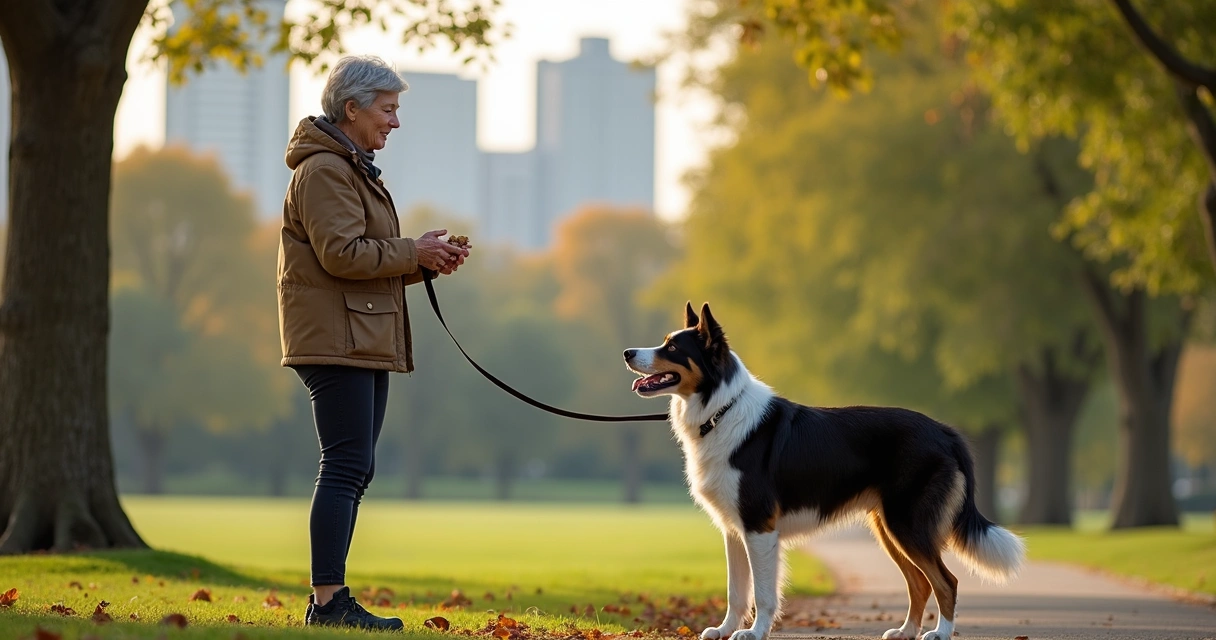
8. Losing patience or expecting perfection too soon
I can get impatient, especially on tough days. It helps to remind myself: progress in leash training never moves in a straight line. Some days, your dog may seem to forget everything. That’s normal! Focus on small wins—three seconds of loose leash is a victory; five is better. Celebrate tiny improvements to keep things moving forward for both of you.
Every walk is a fresh start.
What happens if you avoid these mistakes
When I stopped making the eight mistakes above, our walks became lighter, easier, and way more enjoyable. My dog seemed calmer, I felt less stressed, and we even started looking forward to outings. Proper leash training doesn’t have to be complicated. It just asks that you be patient, consistent, and open to learning from your dog too.
Facilities like Dogtown believe in lasting results through gradual improvement and expert support—whether it’s daily daycare with walk sessions (day camp packages), overnight stays (boarding), or grooming and nail trimming (grooming services). One thing I appreciate is how much ongoing training support they provide for pet parents and dogs alike.
If you’re struggling or feeling a bit lost, reach out for help. A free pre-enrollment assessment with an expert trainer—like the ones at Dogtown—can give you that fresh perspective and the encouragement you need.
Conclusion
Learning to walk together in harmony with your dog is rewarding, but it doesn’t happen overnight. Avoiding these common mistakes is a great start for most owners, whether you’re just beginning or re-training. If you want support or to see how happy and relaxed leash-trained dogs can be during group play or walks, consider reaching out to Dogtown in Gloucester for training, daycare, or a quick assessment. Your pet’s best moments are just ahead—why not help them get there?
Frequently asked questions
What is leash training for dogs?
Leash training is teaching a dog to walk calmly on a leash without pulling, lunging, or becoming overly distracted. It helps a dog learn to focus on the handler, follow cues, and move safely in public. This builds a foundation for safer, more enjoyable outings for both dog and owner.
How can I fix common leash mistakes?
Start by identifying what goes wrong. For example, if your dog pulls, stop immediately and wait for the leash to loosen. Use treats and praise when your dog walks beside you. Replace punishment with positive reinforcement. Stay consistent with the same commands and rewards every walk. If you’re unsure, facilities like Dogtown offer support to address individual issues through positive, force-free training.
What are the best leashes for training?
Short, sturdy nylon or leather leashes (4-6 feet long) are ideal for training because they offer control and reduce the risk of tangling. Front-clip harnesses work for dogs who pull, as they discourage lunging without pain. Avoid retractable leashes, which offer less control and can teach bad habits.
Why does my dog pull on walks?
Dogs pull for many reasons: excitement, lack of training, distractions, or excess energy. According to research, pulling is a common issue for 39% of dog owners (study from Arizona State University). Consistent training, using the right equipment, and pre-walk exercise can greatly reduce pulling.
How long does leash training take?
It varies depending on the dog’s age, temperament, and previous experiences. Some dogs may improve in a week or two of daily practice, while others need months. Patience and consistency are key to lasting results. Many pet owners find that ongoing, gradual improvements work best, sometimes with professional help from supportive teams like those at Dogtown.


